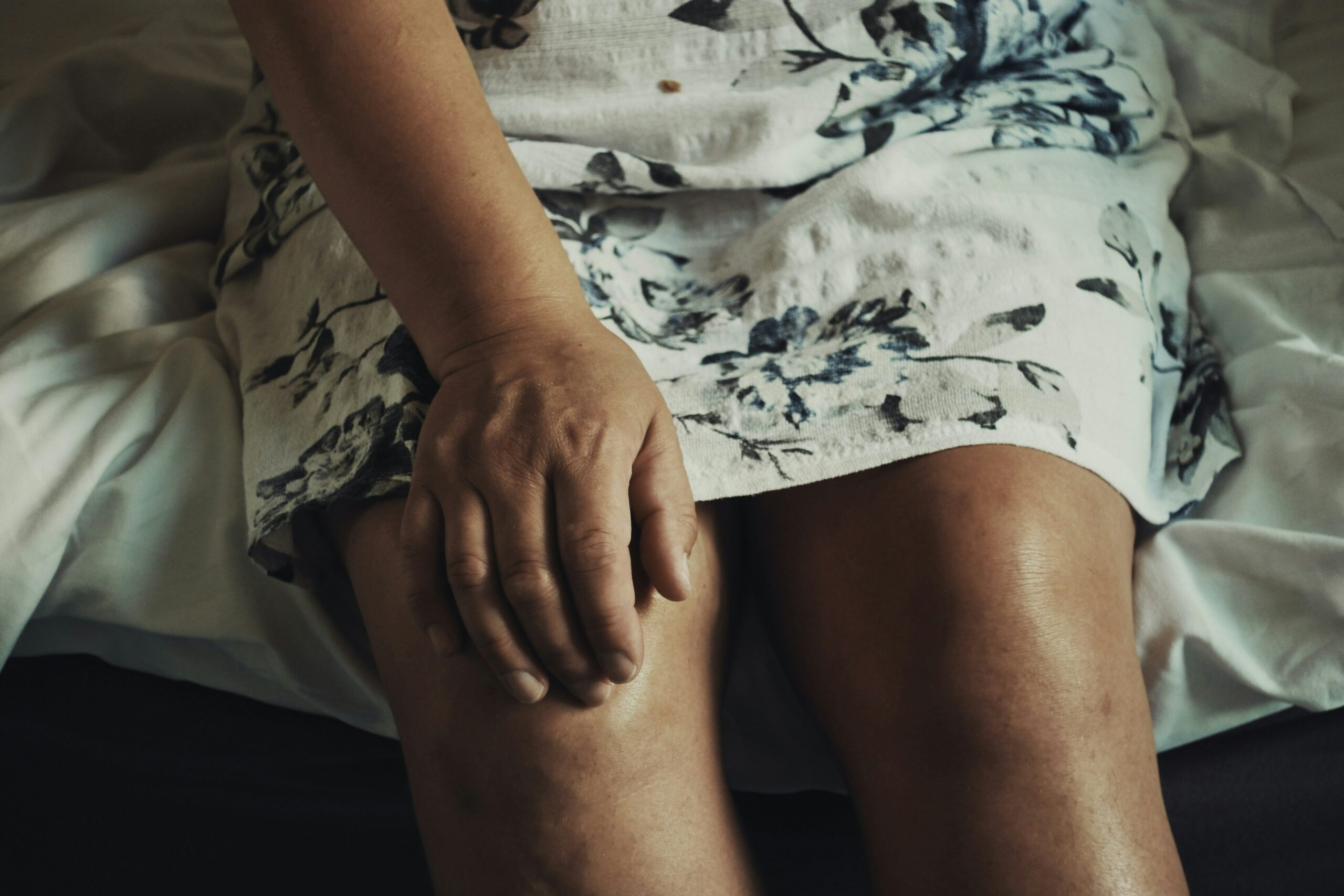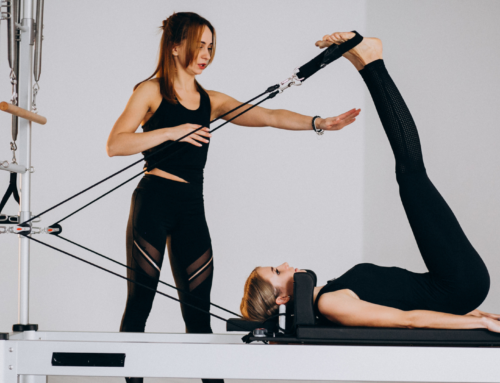Knee tendonitis, also known as patellar tendonitis or jumper’s knee, is a common condition affecting athletes and physically active individuals. It occurs when the patellar tendon, which connects the kneecap (patella) to the shinbone (tibia), becomes inflamed or irritated. This condition can be painful and debilitating, often hindering mobility and the ability to participate in sports or everyday activities. While it’s prevalent among athletes, particularly those who participate in jumping or running sports, anyone can develop knee tendonitis. In this blog post, we’ll delve into the causes, symptoms, treatment options, and strategies for preventing knee tendonitis.
What is Knee Tendonitis?
The patellar tendon plays a crucial role in knee movement, helping extend the leg when running, jumping, or kicking. When the tendon becomes overused or strained, microscopic tears can develop in the tendon tissue. Over time, this leads to inflammation and weakening of the tendon, resulting in knee tendonitis.
Knee tendonitis typically manifests in stages, from mild discomfort to severe pain that can make even walking difficult. Understanding the severity of your condition can help you take the appropriate steps to manage it.
Stages of Knee Tendonitis:
- Stage 1: Pain occurs after physical activity but doesn’t affect performance.
- Stage 2: Pain occurs during and after activity, but performance remains unaffected.
- Stage 3: Pain occurs during activity and starts to hinder performance.
- Stage 4: The tendon may be partially or completely ruptured, requiring surgical intervention.
Early recognition of symptoms and treatment is essential to prevent the progression of knee tendonitis and avoid more serious complications.
Causes of Knee Tendonitis

Knee tendonitis is primarily caused by overuse, particularly from activities that place repetitive strain on the knee joint. While anyone can develop this condition, it is most commonly seen in athletes who participate in sports that involve jumping, such as basketball, volleyball, and soccer. However, running, cycling, and weightlifting can also contribute to knee tendonitis.
Several factors can contribute to the development of knee tendonitis, including:
- Repetitive Strain: Activities that involve frequent jumping, running, or squatting place repeated stress on the patellar tendon.
- Sudden Increase in Activity: Increasing the intensity or duration of physical activity too quickly can overload the tendon, leading to injury.
- Improper Technique: Poor biomechanics or improper form during exercises can increase stress on the knee, making tendonitis more likely.
- Muscle Imbalance: Weakness or tightness in the quadriceps, hamstrings, or calves can place additional strain on the knee.
- Inadequate Warm-up: Skipping a proper warm-up before physical activity can increase the risk of tendon strain.
- Poor Footwear: Wearing shoes with inadequate support can alter the alignment of the knee and contribute to overuse injuries.
- Age and Degeneration: As we age, tendons naturally lose elasticity and become more prone to injury.
Symptoms of Knee Tendonitis

The most common symptom of knee tendonitis is pain and tenderness around the patellar tendon, just below the kneecap. The pain is often described as a dull ache that worsens with activity, particularly after jumping, running, or squatting. Other symptoms include:
- Swelling or inflammation around the knee joint.
- Stiffness or limited range of motion in the knee.
- Tenderness to the touch around the affected area.
- Weakness or difficulty in straightening the knee.
- A burning sensation when performing physical activities.
Symptoms typically develop gradually, and early signs may be mild enough to be ignored. However, without proper care, the condition can worsen, leading to chronic pain and limited mobility.
Diagnosing nad Treatment of Knee Tendonitis

If you suspect you have knee tendonitis, it’s important to Physiotherapist. They will conduct a physical exam to assess your symptoms, review your medical history, and ask about your physical activities. In some cases, they may refer you to a GP for imaging tests such as X-rays, ultrasounds, or MRIs to rule out other conditions and evaluate the extent of the tendon damage.
Treatment Options for Knee Tendonitis
Treating knee tendonitis often involves a combination of rest, physical therapy, and lifestyle modifications. The goal is to reduce inflammation, promote healing, and strengthen the surrounding muscles to prevent future injury. Below are some common treatment approaches:
- Rest and Activity Modification: Rest is crucial to allow the tendon to heal. Avoid activities that exacerbate the pain, such as running, jumping, or squatting. During the initial phase of treatment, reduce the intensity of your workouts or switch to low-impact exercises like swimming or cycling.
- Ice Therapy: Applying ice to the affected area for 15-20 minutes several times a day can help reduce swelling and alleviate pain. Be sure to wrap the ice pack in a cloth to prevent direct contact with the skin.
- Pain Relief Medications: Over-the-counter nonsteroidal anti-inflammatory drugs (NSAIDs), such as ibuprofen or naproxen, can help manage pain and reduce inflammation. However, prolonged use of NSAIDs is not recommended without consulting a doctor.
- Physical Therapy: Physical therapy is a key component of treating knee tendonitis. A therapist will guide you through exercises to strengthen the muscles around the knee, improve flexibility, and correct any biomechanical issues. Eccentric strengthening exercises, where the muscle lengthens under tension, are particularly effective for patellar tendonitis.
- Stretching: Regular stretching of the quadriceps, hamstrings, and calf muscles can relieve tension on the patellar tendon and prevent future flare-ups.
- Bracing or Taping: Using a patellar tendon strap or kinesiology tape can help offload pressure from the tendon during activity, providing support and pain relief.
- Corticosteroid Injections: In severe cases, corticosteroid injections may be used to reduce inflammation and relieve pain. However, these injections should be used cautiously, as they can weaken the tendon over time and increase the risk of rupture.
- Platelet-Rich Plasma (PRP) Therapy: PRP therapy involves injecting a concentrated solution of the patient’s own blood platelets into the injured tendon to promote healing. While still being studied, this treatment has shown promise in treating chronic tendon injuries.
- Surgery: If conservative treatments fail and the tendon is severely damaged, surgical intervention may be necessary to repair the tendon. This is usually reserved for cases where the tendon has partially or fully ruptured.
Preventing Knee Tendonitis
While knee tendonitis can be frustrating, there are steps you can take to reduce the risk of developing it in the first place. Here are some prevention strategies:
- Warm-up Properly: Always take time to warm up before engaging in physical activity. Dynamic stretches and light exercises that get the blood flowing to your muscles can help prevent injuries.
- Strengthen Your Muscles: Regularly strengthening the muscles around your knee, including the quadriceps, hamstrings, and calves, can provide better support and reduce strain on the tendon.
- Improve Flexibility: Incorporating regular stretching into your routine helps maintain flexibility in your muscles and tendons, reducing the risk of injury.
- Wear Proper Footwear: Ensure that your shoes provide adequate support and cushioning for your feet. If necessary, consider custom orthotics to correct any biomechanical issues.
- Progress Gradually: When increasing the intensity or duration of your workouts, do so gradually to avoid overloading the tendon.
- Use Proper Technique: Pay attention to your form when running, jumping, or performing exercises. Improper technique can place unnecessary stress on the knee.
Knee tendonitis is a common but manageable condition, especially with early intervention and proper care. By understanding the causes, symptoms, and treatment options, you can take the necessary steps to recover from knee tendonitis and prevent it from recurring. If you experience persistent knee pain, don’t hesitate to seek professional advice to get back to your active lifestyle safely and effectively.






